How does natural gas get to CT?
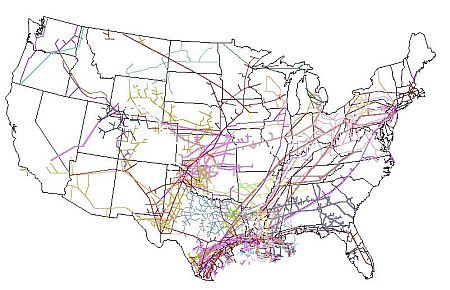
US Natural Gas Transmission Lines
From the well, the natural gas goes into "gathering" lines, which, like the branches of a tree, get larger as they get closer to a central collection point.
Gas then moves into the transmission system --the "interstate highway" system for natural gas. About 150,000 miles of high-strength steel pipe, ranging from 20 inches to 42 inches in diameter, move huge amounts of natural gas thousands of miles from producing regions to local natural gas utilities.
 |
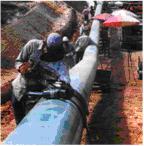 |
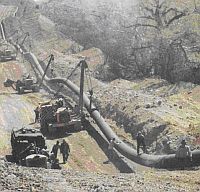 |
| Large diameter transmission pipeline in pipe yard prior to construction | Welders join lengths of pipe during construction | Transmission pipe being lowered into trench |
Compressor stations are located about every 70 miles along each pipeline to boost the pressure that is lost through the friction of natural gas moving at about 15 miles per hour through the pipes.
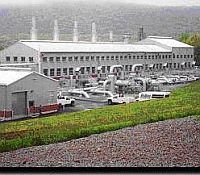 |
 |
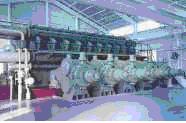 |
| Compressor Station | Turbine Compressor | Reciprocating Compressor |
In summer months when the demand for natural gas is lower, natural gas companies can store their excess supply. The most common method is to deliver the natural gas into depleted oil or natural gas reservoirs where it can be stored indefinitely and withdrawn as needed. Underground storage is used to meet peak winter demand when the capacity of the pipelines cannot deliver what is needed.
Content last updated April 2025

